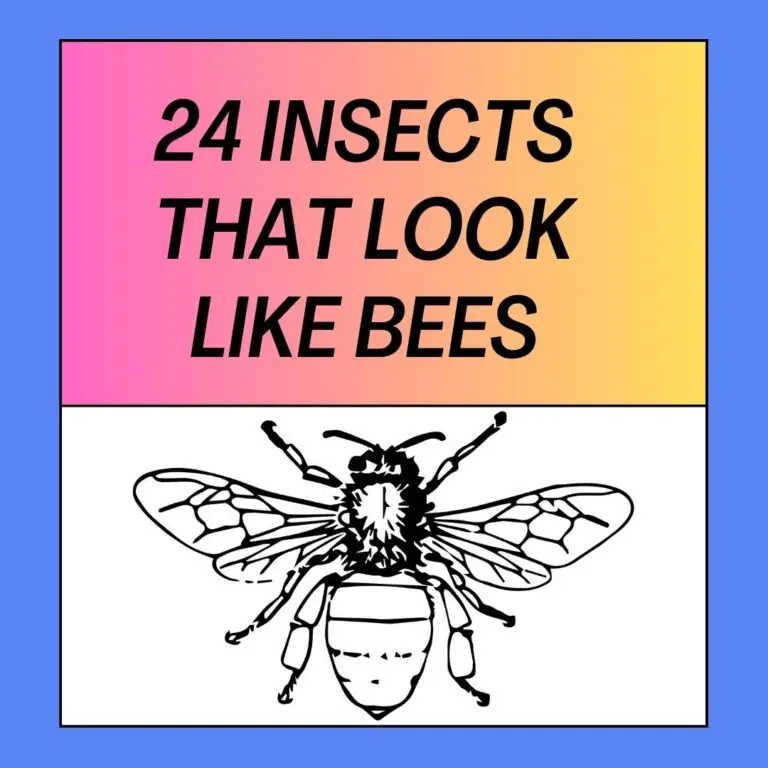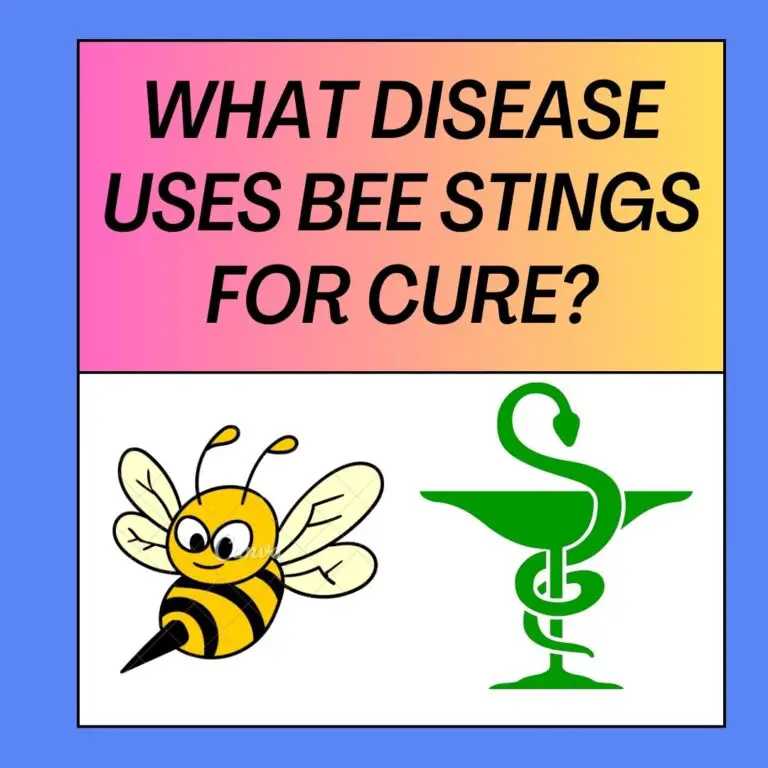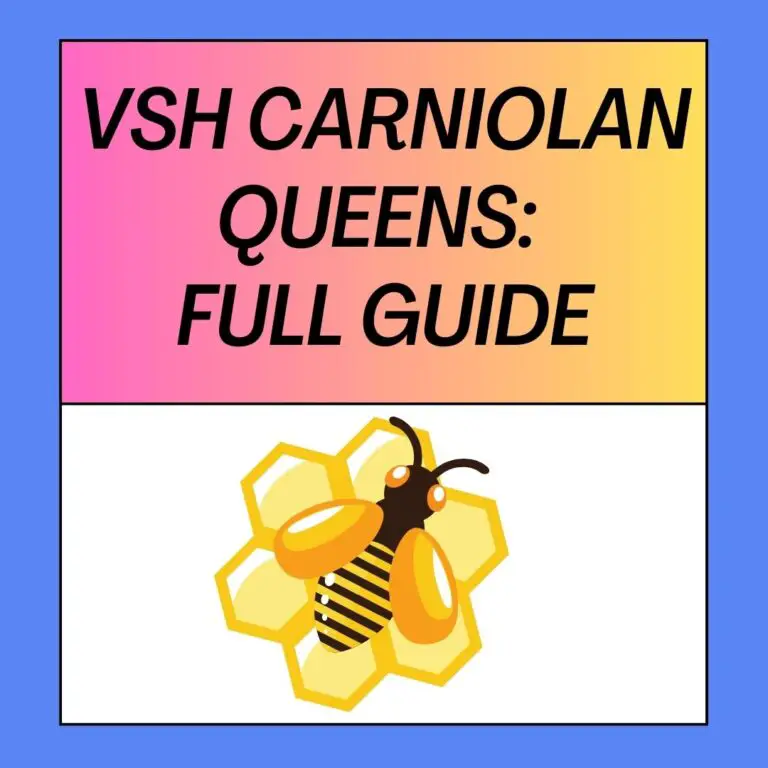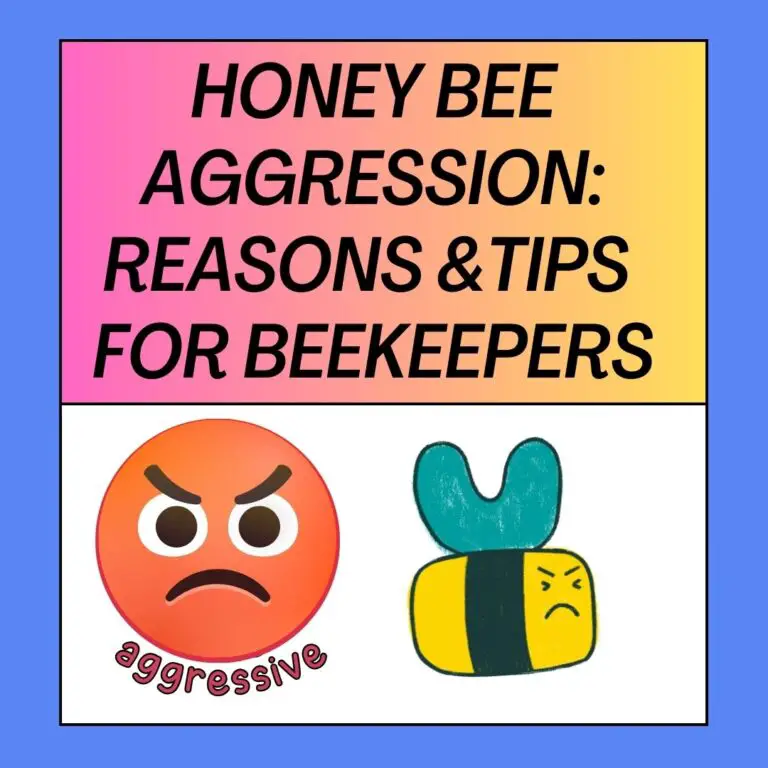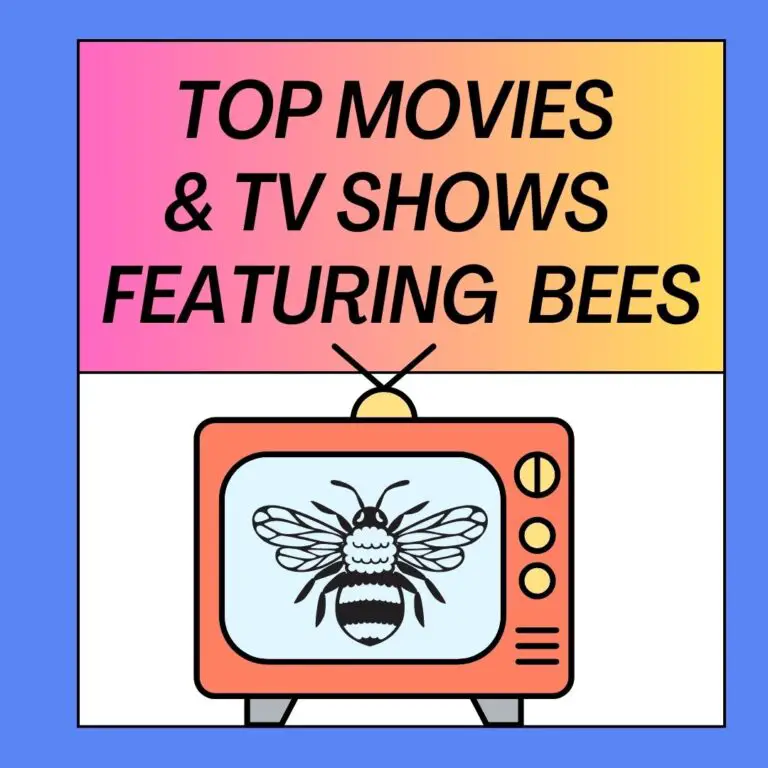
Vines can be a valuable addition to any garden, providing beauty, shade, and even food. But did you know that some vines can also be excellent sources of nectar and pollen for bees? Bees, both honeybees and native bee species, play a crucial role in pollinating plants, including many of the fruits and vegetables that make up a significant part of our diet. Supporting bee populations by planting bee-friendly vines is not only a boon for your garden but also for the environment.
In this comprehensive guide, we will explore the best vines for bees, helping you create a lush, bee-friendly garden that benefits both your local bee populations and your own gardening endeavors.
Why Vines Matter for Bees
Vines can serve as a valuable food source for bees in several ways:
1. Abundant Nectar: Many flowering vines produce copious amounts of nectar, which serves as the primary carbohydrate source for adult bees.
2. Extended Blooming Period: Vines often have longer blooming periods than annual plants, providing bees with a more extended source of nectar and pollen.
3. Shelter and Nesting Sites: Some vines, like trumpet vine, offer shelter and nesting sites for native bees, contributing to bee habitat diversity.
4. Pollination Services: As bees forage on vine blossoms, they inadvertently transfer pollen from one flower to another, aiding in plant reproduction.
Factors to Consider When Choosing Bee-Friendly Vines
Before selecting vines for your garden, consider the following factors:
1. Native or Non-Native: Native vines are often better adapted to local bee species and ecosystems. However, some non-native vines can also be valuable nectar sources.
2. Blooming Period: Choose vines that bloom at different times of the year to provide a continuous food source for bees.
3. Flower Shape and Accessibility: Bees have different tongue lengths, so provide vines with a variety of flower shapes and sizes to accommodate various bee species.
4. Pesticide-Free: Avoid using pesticides or herbicides in your garden, as these can harm bees and other pollinators. Opt for organic gardening practices.
Now, let’s explore some of the best vines for bees, categorized by their blooming periods.
Spring-Blooming Bee-Friendly Vines
1. Honeysuckle (Lonicera spp.)
Blooming Period: Spring to summer
Honeysuckle vines produce clusters of tubular flowers that are rich in nectar. They attract both honeybees and native bee species, making them excellent choices for early-season nectar.
2. Clematis (Clematis spp.)
Blooming Period: Spring to fall
Clematis vines offer a variety of flower shapes and colors, making them attractive to a range of bee species. Their long blooming period ensures a continuous nectar source.
Summer-Blooming Bee-Friendly Vines
3. Trumpet Vine (Campsis radicans)
Blooming Period: Summer to fall
Trumpet vines are named for their distinctive trumpet-shaped flowers that are especially appealing to hummingbirds and long-tongued bees. They can provide a substantial nectar source during the summer months.
4. Passionflower (Passiflora spp.)
Blooming Period: Summer to fall
Passionflower vines produce intricate, exotic-looking flowers that attract bees with their rich nectar. Some passionflower species are also host plants for butterfly larvae.
5. Jasmine (Jasminum spp.)
Blooming Period: Spring to summer
Jasmine vines are known for their fragrant white or yellow flowers. They attract a variety of bee species, including honeybees, bumblebees, and solitary bees.
Fall-Blooming Bee-Friendly Vines
6. Virginia Creeper (Parthenocissus quinquefolia)
Blooming Period: Late summer to fall
Virginia creeper vines produce small greenish-white flowers that turn into berries, providing a late-season nectar and food source for bees.
7. Sweet Autumn Clematis (Clematis terniflora)
Blooming Period: Late summer to fall
This variety of clematis is especially appealing to bees due to its profusion of small white, fragrant flowers that bloom in late summer and early fall.
Year-Round Bee-Friendly Vines
8. Wisteria (Wisteria spp.)
Blooming Period: Spring to early summer
Wisteria vines offer nectar in spring and early summer, but their robust growth and dense foliage provide shelter and nesting sites for bees year-round.
Creating a Bee-Friendly Vine Garden
To create a bee-friendly garden with vines, consider the following tips:
- Plant Diverse Species: Include a variety of bee-friendly vines to support different bee species and provide nectar throughout the year.
- Support Structures: Provide trellises, arbors, or other support structures for your vines to climb, ensuring they have ample exposure to sunlight.
- Pruning and Maintenance: Regularly prune and maintain your vines to promote healthy growth and prolific flowering.
- Avoid Chemicals: Refrain from using chemical pesticides or herbicides in your garden, as they can harm bees and other pollinators.
- Provide Water: Place a shallow container of water with pebbles in your garden to provide bees with a water source.
20 Best Vines for Bees
We have provided a list of various vines and climbing plants. These plants can be a fantastic addition to your garden, not only for their aesthetic appeal but also for their potential to attract and support bee populations. Many of the plants you’ve mentioned are indeed bee-friendly. Here’s a brief overview of some of them:
- Honeysuckle (Lonicera spp.): Honeysuckle vines produce clusters of tubular flowers that are rich in nectar, attracting both honeybees and native bee species.
- Trumpet Vine (Campsis radicans): Trumpet vines have trumpet-shaped flowers that are appealing to hummingbirds and long-tongued bees, making them an excellent summer nectar source.
- Clematis (Clematis spp.): Clematis vines offer a variety of flower shapes and colors, attracting a range of bee species. They can provide a continuous nectar source due to their long blooming period.
- Wisteria (Wisteria spp.): Wisteria vines offer nectar in spring and early summer and provide shelter and nesting sites for bees year-round.
- Star Jasmine: Star jasmine produces fragrant white or yellow flowers that attract a variety of bee species, including honeybees, bumblebees, and solitary bees.
- Passionflower (Passiflora spp.): Passionflower vines produce intricate, exotic-looking flowers that are rich in nectar, attracting bees and serving as host plants for butterfly larvae.
- Morning Glory: Morning glory vines produce colorful, funnel-shaped flowers that can attract both bees and hummingbirds.
- Virginia Creeper (Parthenocissus quinquefolia): Virginia creeper vines produce small greenish-white flowers that turn into berries, providing a late-season nectar and food source for bees.
- Carolina Jessamine: Carolina jessamine produces fragrant, yellow, trumpet-shaped flowers that attract bees.
- Black-eyed Susan Vine: Black-eyed Susan vine (Thunbergia alata) produces eye-catching orange or yellow flowers that can be attractive to bees.
- Chocolate Vine: Chocolate vine (Akebia quinata) produces unique purple-brown flowers that may be visited by bees.
- Sweet Autumn Clematis: This variety of clematis blooms in late summer and early fall, providing late-season nectar for bees.
- Boston Ivy: Boston ivy (Parthenocissus tricuspidata) produces inconspicuous flowers but offers shelter and nesting sites for bees.
- California Pipevine: California pipevine (Aristolochia californica) can be an essential host plant for pipevine swallowtail butterflies and may attract bees.
- Bougainvillea: While known for its vibrant bracts, bougainvillea may produce inconspicuous flowers that can attract bees.
- Crossvine: Crossvine (Bignonia capreolata) produces tubular, orange-red flowers that can be visited by bees.
- Cobaea scandens: Cobaea scandens, also known as the cup-and-saucer vine, produces unique-looking flowers that may attract bees.
- Climbing Hydrangea: Climbing hydrangea (Hydrangea anomala subsp. petiolaris) produces fragrant lacecap flowers that can be visited by bees.
- Cypress Vine: Cypress vine (Ipomoea quamoclit) produces red, trumpet-shaped flowers that may attract bees.
- Tropical White Morning-Glory: This variety of morning glory produces white flowers that can be attractive to bees.
Including these vines in your garden can provide nectar and pollen sources for bees throughout the growing season while adding beauty and charm to your outdoor space. It’s essential to ensure that your garden practices are bee-friendly by avoiding the use of pesticides and herbicides and by providing water sources for bees.
Conclusion
By choosing the right vines for your garden, you can create a haven for bees and enhance the beauty and productivity of your outdoor space. Whether you have a small urban garden or a sprawling rural landscape, bee-friendly vines can make a positive impact on bee populations and the pollination of plants in your area. So, roll up your sleeves, plant some bee-friendly vines, and watch your garden come alive with the vibrant activity of these essential pollinators. Your local bees will thank you


